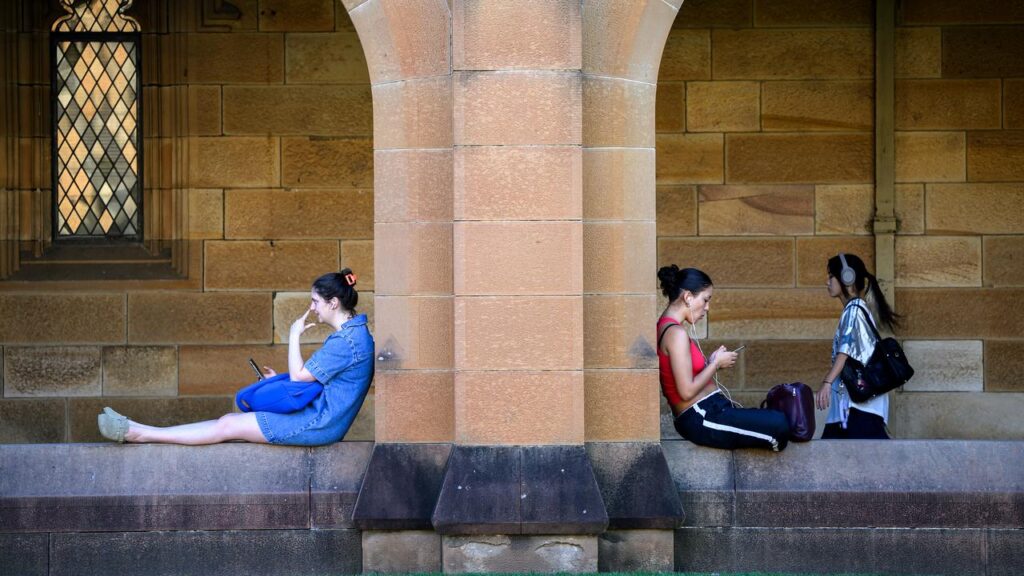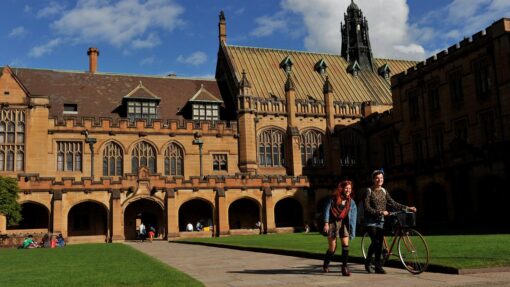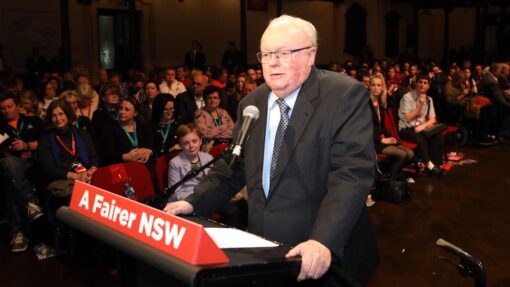How Aussie universities fared in latest global rankings
Abe Maddison |

University of Melbourne has retained its position as the top-rated Australian institution for the 16th consecutive year, in the latest world rankings.
It ranked 37th, up two places on last year’s results, while the University of Sydney moved up eight places to joint 53rd.
Adelaide University is the only newcomer in the Oceania region, ranked at joint 176th. It is a merger of the University of Adelaide and the University of SA and officially opens its doors on January 1, 2026.
The latest Times Higher Education World University Rankings, released on Thursday, assessed more than 3000 research universities, built on analysis of 19 million research papers and 1.5 million votes in an academic reputation survey.

The rankings report found that Australia’s average score had risen because of improvements in 15 of the 18 metrics.
The University of Melbourne’s marginal rise was credited to improvements in teaching reputation and research reputation.
Australia has 37 ranked universities, one fewer than last year because of the merger.
Only four of Australian institutions dropped in the table, while 12 improved their rankings and three of those – Macquarie, Charles Sturt and Notre Dame – achieved their best-ever performances.
Australia’s improvements were most prominent in citation impact and teaching reputation, both metrics that carry a lot of weight.

New Zealand’s top place was University of Auckland, ranked joint 156th and Fiji has one ranked university, University of the South Pacific, in band 1001-1200.
THE chief global affairs officer Phil Baty said the rankings highlighted a dramatic and accelerating trend – the shift in the balance of power in research and higher education excellence from the long-established, dominant institutions of the West to rising stars of the East.
The US and much of western Europe lost significant ground, while East Asian nations, led by China, continue to thrive and surge up the table.
“But Australia is in a unique position, emerging strongly from stymied internationalisation during COVID to buck the western trend and see solid improvements in the rankings this year,” he said.
“There’s a real opportunity for Australia to capitalise on the shifting dynamics of global higher education – to strengthen its international talent attraction and to increase collaboration with thriving Southeast Asian institutions.”

Australia’s international student numbers are showing a post-COVID rebound.
The government has capped international numbers at 295,000 for 2026 – a rise of nine per cent – to manage growth in a “sustainable” way.
International student education was worth $51 billion for the Australian economy in 2023/24.
TOP 10 RANKED AUSTRALIAN UNIVERSITIES:
* Melbourne – 37th, up two places
* Sydney – equal 53rd, up eight places
* Monash – equal 58th, same as previous
* ANU – equal 73rd, same as previous
* UNSW Sydney – 79th, up four places
* Queensland – 80th, down three places
* UTS – equal 145th, up nine places
* WA – 153rd, down four places
* Macquarie – equal 166th, up 12 places
* Adelaide – equal 176th, new entry
AAP


